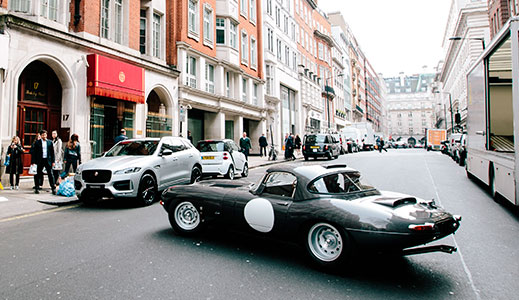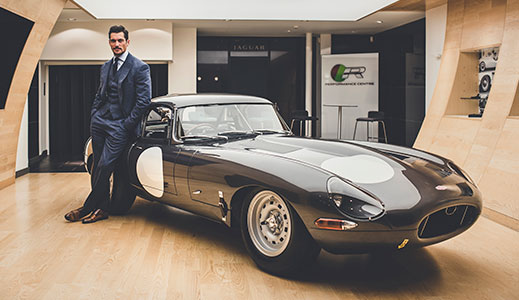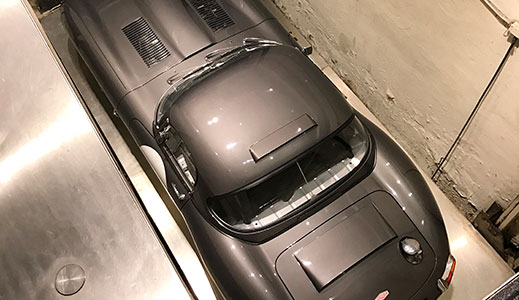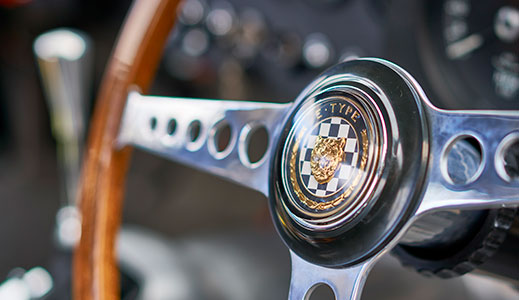The Story of the Original Lightweight E-Type
How Jaguar, riding on the success of Le Mans race glory and increased road car sales, created a trimmed-down classic.

So, how did the Jaguar Lightweight E-type come to exist in the first place? As ever with Jaguar, it's a tale of serendipitous fortune and happenstance and the short-run, hand-manufactured production that typified many sports cars in the 1960s. It all served to created a true classic.
Following Jaguar's five wins in the Le Mans 24 Hours with the C-type and D-type, the hugely well received unveiling of the E-type in 1961 and the ongoing success of its expanding saloon car range, Jaguar was on something of a roll when it came to road car sales as the 1960s started to unfold.
Unfortunately, that meant that road car production took priority over a return to motorsport. It has always been said that competition improves the breed, and with no racing programme to focus on, Jaguar's usually pioneering competition department fell behind the competition - especially the new GT cars from Ferrari and Aston Martin, which won the Le Mans 24 Hours three times from 1959 to 1961.
Lacking the time and resources to build a dedicated competition sports car from scratch, Jaguar hatched a plan to build an ultra lightweight E-type using aluminium panels and a modified lighter version of the XK engine with an aluminium block in place of the regular cast-iron block.
The Lightweight E-type's design was partly inspired by an early one-off 'Low-drag Coupé' concept that had been created in 1962 by Jaguar's pioneering aerodynamicist Malcolm Sayer. It used aluminium panels to reduce weight, which were riveted and glued to the monocoque to improve chassis stiffness. The aerodynamics were optimised, with a fast rake to the windscreen and an even more curvaceous form than the standard E-type at the rear, while the interior was stripped of all un-needed comfort features, and all glass - except the windscreen - was replaced with Plexiglas.
In 1963, Jaguar committed to a limited run of 'Lightweight' E-types, using even more aluminium in the body and a lightweight aluminium block for the 3.8-litre XK engine. This time the car was based on an E-type convertible, with a coupé hard top fitted as standard. At the time, only 12 of the planned 18 cars were built, and although the Lightweight E-type never matched the success of the C-type and D-type at Le Mans and Sebring, the fact that the cars were raced successfully in smaller events only enhanced their reputation as a true rarity amongst Jaguar classics.

A New Home In Mayfair London
The Jaguar Lightweight E-type arrives at Stratstone's London showroom

David Gandy Visits the E-type
Britain's leading male model talks about his passion for style and cars

Exclusive Appearance in Mayfair
YouTube influencer and car enthusiast Shmee150 visits the Lightweight E-type

